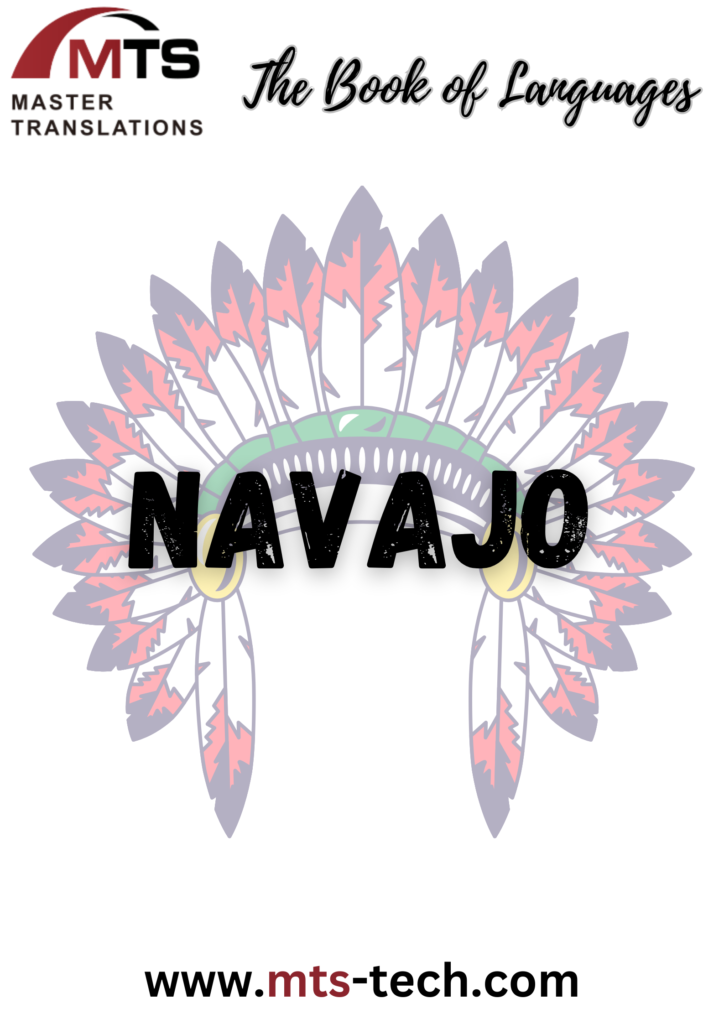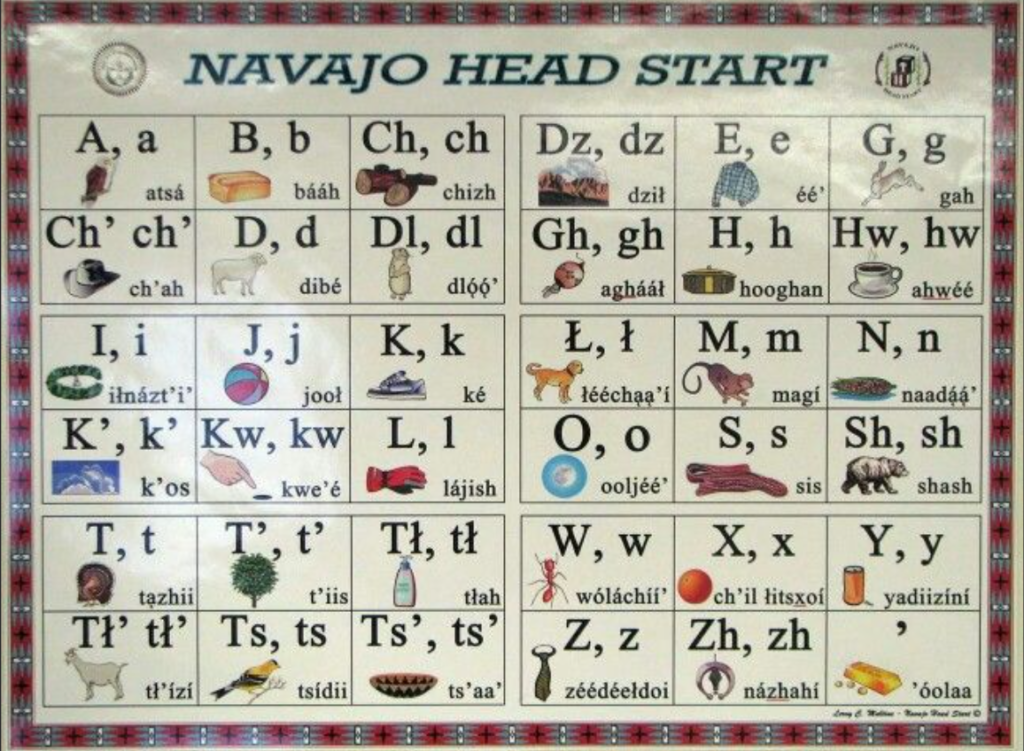
The Navajo language, or Diné Bizaad, is a cornerstone of Navajo culture and identity. It belongs to the Athabaskan language family, with roots tracing back to the migration of the Athabaskan people from Canada to the American Southwest around 1,000 years ago. The language has evolved to adapt to the changing landscapes and cultural interactions over centuries, maintaining its significance within the Navajo Nation.

Navajo has been influenced by interactions with Spanish and English due to colonization and trade. Spanish introduced new vocabulary, particularly related to animals, agriculture, and tools. English influence became more pronounced in the 20th century, especially through education and media. Despite these influences, Navajo has retained its unique structure and vocabulary, preserving its distinct cultural identity.
Navajo is known for its complex verb system, which includes numerous prefixes and suffixes to indicate tense, aspect, and mode. It is a tonal language, where pitch and intonation can change the meaning of words. Navajo also uses noun classifiers, which categorize nouns based on their shape and animacy. The language’s descriptive richness allows speakers to convey precise and nuanced meanings, making it a powerful tool for storytelling and oral tradition.


Navajo arts and music are deeply intertwined with the language. Traditional songs and chants, used in ceremonies and storytelling, are often performed in Navajo, preserving the language and cultural practices. Navajo weaving and sandpainting are renowned art forms that incorporate symbolic patterns and designs, many of which are described and named in Navajo. These artistic expressions are not only aesthetically significant but also serve as cultural documentation and education.
Learning Navajo is challenging due to its complex grammar and tonal nature. The language’s verb system, with its intricate prefix and suffix structures, requires significant practice to master. Additionally, the use of noun classifiers and the importance of tonal distinctions add layers of difficulty. For English speakers, the lack of cognates and the unique sounds in Navajo can also pose challenges. However, the effort to learn Navajo is deeply rewarding, offering insights into a rich cultural heritage and a unique worldview.

